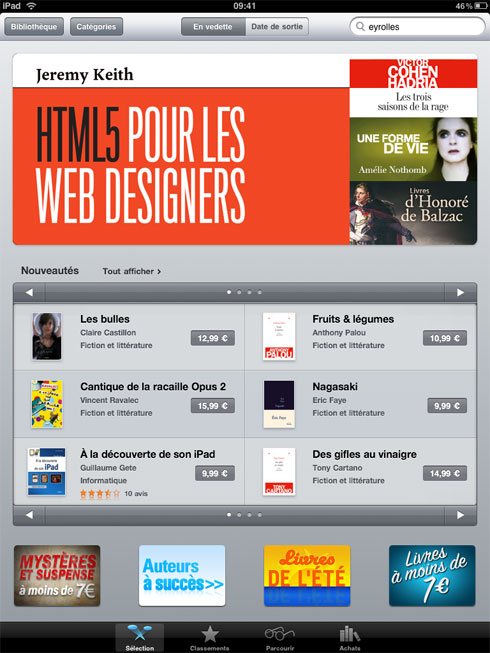
12 LESSONS from An Event Apart San Francisco – ? 6: We work with technology every day. And every day it seems like there’s more and more technology to understand: graphic design tools, build tools, frameworks and libraries, not to mention new HTML, CSS, and JavaScript features landing in browsers. How should we best choose which technologies to invest our time in? When we decide to weigh up the technology choices that confront us, what are the best criteria for doing that?
Jeremy Keith was the seventh speaker at An Event Apart San Francisco this month. His presentation, Evaluating Technology, set out to help us evaluate tools and technologies in a way that best benefits the people who use the websites we design and develop. We looked at some of the hottest new web technologies, like service workers and web components, and dug deep beneath the hype to find out whether they will really change life on the web for the better.
Days of future past
Its easy to be overwhelmed by all the change happening in web design and development. Things make more sense when we apply an appropriate perspective. Although his presentation often dealt with “bleeding-edge” technologies (i.e. technologies that are still being figured out and just beginning to be supported in some browsers and devices), Jeremy’s framing perspective was that of the history of computer science—a field, pioneered by women, that evolved rationally.
Extracting the unchanging design principles that gave rise to the advances in computer science, Jeremy showed how the web evolved from these same principles, and how the seemingly dizzying barrage of changes taking place in web design and development today could be understood through these principles as well—providing a healthy means to decide which technologies benefit human beings, and which may be discarded or at least de-prioritized by busy designer/developers working to stay ahead of the curve.
Resistance to change
“Humans are allergic to change,” computer science pioneer Grace Hopper famously said. Jeremy showed how that very fear of change manifested itself in the changes human beings accept: we have 60 seconds in a minute and 24 hours in a day because of counting systems first developed five thousand years ago. Likewise, we have widespread acceptance of HTML in large part because its creator, Tim Berners-Lee, based it on a subset of elements familiar from an already accepted markup language, SGML.
How well does it fail?
In our evaluating process, Jeremy argued, we should not only concern ourselves with how well a technology works, but also how well it fails. When XHTML 2.0 pages contained an error, the browser was instructed not to skip that error but to shut down completely. Thus, XHTML 2.0 was impractical and did not catch on. In contrast, when an HTML page contains an error or new element, the browser skips what it does not understand and renders the page. This allows us to add new elements to HTML over time, with no fear that browsers will choke on what they don’t understand. This fact alone helps account for the extraordinary success of HTML over the past 25 years.
Likewise, service workers, a powerful new technology that extends our work even when devices are offline, fails well, because it is progressively enhanced by design. If a device or browser does not support service workers, the content still renders.
Jeremy argued that pages built on fragile technologies—technologies which are powerful when they work, but which fail poorly—are a dangerous platform for web content. Frameworks that require JavaScript, for example, offer developers extraordinary power, but at a price: the failure of even a small script can result in no content at all. Service workers technology also offers tremendous power, but it fails well, so is safe to use in the creation of responsive sites and web applications.
On progressive web apps
Likewise, progressive web apps, when designed responsively and with progressive enhancement, are a tremendously exciting web development. But when they are designed the wrong way, they fail poorly, making them a step backward for the web.
Jeremy used the example of The Washington Post’s Progressive Web App, which has been much touted by Google, who are a driving force behind the movement for progressive web apps. A true progressive web app works for everyone. But The Washington Post’s progressive web app demands that you open it in your phone. This kind of retrograde door-slam is like the days when we told people they must use Flash, or must use a certain browser or platform, to view our work. This makes it the antithesis of progressive.
Dancing about architecture
There was much, much more to Jeremy’s talk—one of the shortest hours I’ve ever lived through, as 100 years of wisdom was applied to a dizzying array of technologies. Summarizing it here is like trying to describe the birth of your child in five words or less. Fortunately, you can see Jeremy give this presentation for yourself at several upcoming An Event Apart conference shows in 2017.
The next AEA event, An Event Apart St. Louis, takes place January 30-February 1, 2017. Tomorrow I’ll be back with more takeaways from another AEA San Francisco 2016 speaker.






